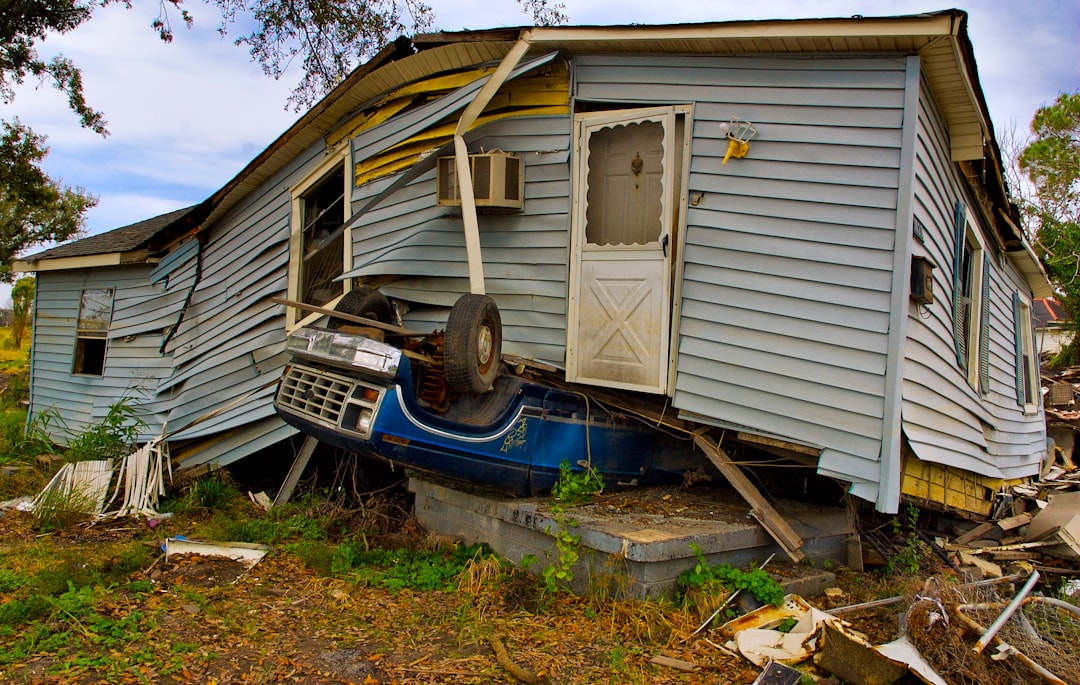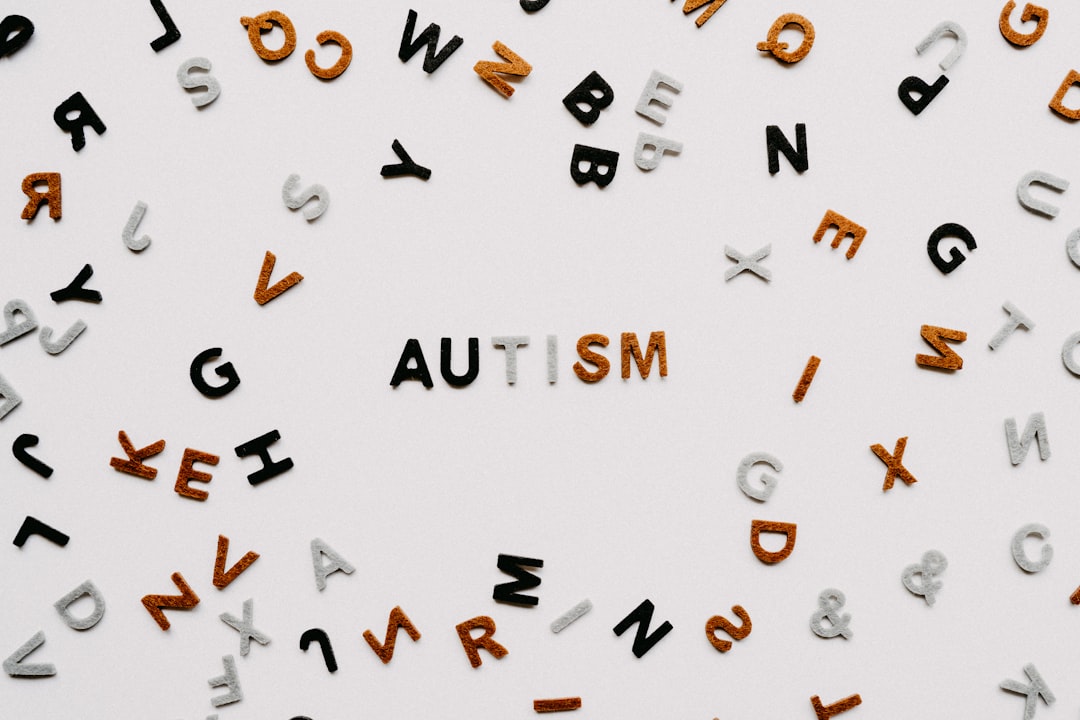What is it about?
Environmental tobacco smoke (ETS) exposure is the leading preventable cause of death in young children, and most babies’ exposure to ETS comes from their living households. This article paints a picture of infants' exposure to ETS in Hong Kong, and identified those at an increased risk of getting exposed.
Featured Image

Photo by Priscilla Du Preez on Unsplash
Why is it important?
Our research shows that notably more than 30% of the Hong Kong infants could still be exposed to household ETS daily after the local 2007 public smoking ban policy, and the conditions can be even more severe for children with lower socioeconomic status such as with low-income, overcrowded households, and residing in certain geographical areas. Public smoke-free regulations may drive smoking into the homes of young children, our findings emphasize the urgent need of establishment and maintenance of smoke-free homes for babies.
Perspectives
I hope this article will enable people to re-examine and re-evaluate the serious health hazards of passive tobacco smoking to children and its high incidence. Environmental tobacco smoke exposure is not an outdated story, instead, it is still happening all the time around us. Household smoke-free policy is undoubtedly the key to reduce passive smoke in infants, but the essence is that our entire medical system and society need to provide strong support and intervention for smokers. I am very honored to be able to participate in the current study, to access to those valuable clinical data of young children, and dive into clinical epidemiological research. We sincerely hope our study can inspire future research work in tobacco control and child health promotion.
Dr Siyu Dai
Chinese University of Hong Kong
Read the Original
This page is a summary of: Household environmental tobacco smoke exposure in healthy young children in Hong Kong: Prevalence and risk factors, PLoS ONE, January 2020, PLOS,
DOI: 10.1371/journal.pone.0227733.
You can read the full text:
Contributors
The following have contributed to this page










